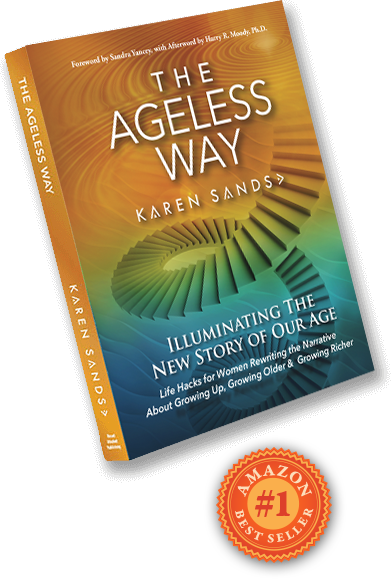 We routinely accept without examination much of what we read and hear about Baby Boomers and older adults, and build beliefs on the shaky factoids, snippets of information disembodied from their contexts that often lead to meaningless or often false beliefs.
We routinely accept without examination much of what we read and hear about Baby Boomers and older adults, and build beliefs on the shaky factoids, snippets of information disembodied from their contexts that often lead to meaningless or often false beliefs.
What most businesses know about marketing was learned when youth dominated the marketplace. The worldviews, motivations and needs satisfaction approaches of the young are quite different from those in the second half of life. Because most adults are now over the age of 50, much of what once worked in marketing no longer does.
The demographic and financial realities of an aging society suggest that if companies were rational in their decision making processes, most would have shifted their focus to examining the behavior of people in the second half of life who now comprise the majority and represent more than two-thirds of the nation’s spending power.
Sadly, today’s companies largely ignore the largest and richest customer group in history for three reasons:
- 1. They believe stereotypes of older customers as resistant to change, so why bother.
- 2. There is a widespread uneasiness about how to market to older customers, and fear failure if embracing new paradigms.
- 3. A key factor is that a majority of the people creating the ads, marketing materials and strategies are under age 40 and relate most comfortably to customers their own age or younger.
For the next two decades, a king’s ransom will be made in 50-plus markets. To take advantage of the potential of those markets, it is time for marketers, advertising executives and business leaders to learn how the rules of marketing are quite different for older customers.







Leave a Reply
You must be logged in to post a comment.